

|
|
|


|
|
1/10 Scale Electric Drift Car:
HPI Sprint 2 Drift Sport - 2010 Chevrolet Camaro - # 104821 (Radio Controlled Model Review)History and Info:
Introduced by HPI (Hobby Products International) circa 2010, the 2010 Chevrolet Camaro - # 104821 - based on the Sprint 2 Drift Sport chassis (basically the Sprint 2 Sport Touring Car chassis, with Drift tires), came factory assembled with a pre-painted lexan polycarbonate Bodyshell, a Firebolt 15T Motor, SC-15 ESC and TF-1 Radio System. A number of other bodyshell options were available (Check out our HPI Archive).
▼ Scroll Down for More Images ▼
|








|
|
|

★ HPI Sprint 2 Drift Sport Chassis ★
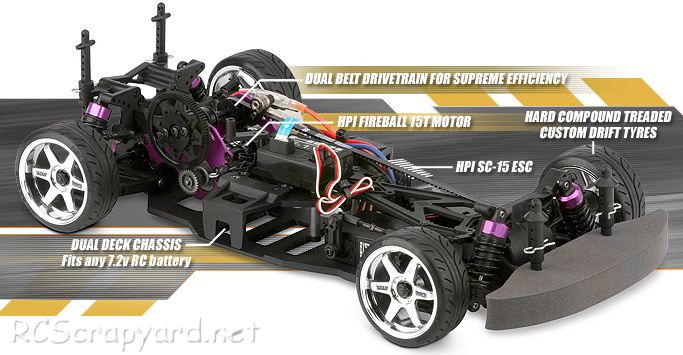
★ HPI Sprint 2 Drift Sport Chassis ★
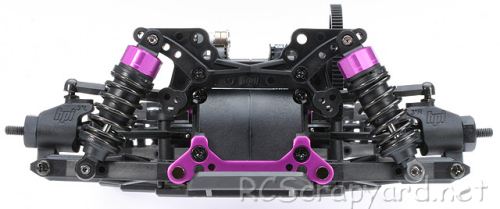
★ HPI Sprint 2 Drift Sport Chassis ★
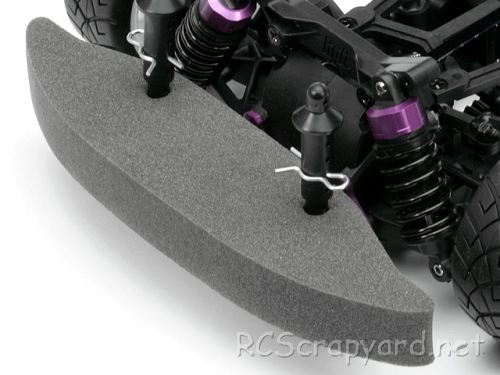
★ HPI Sprint 2 Drift Sport Chassis ★
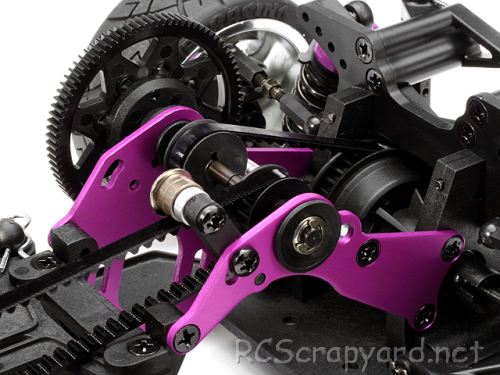
★ HPI Sprint 2 Drift Sport Chassis ★
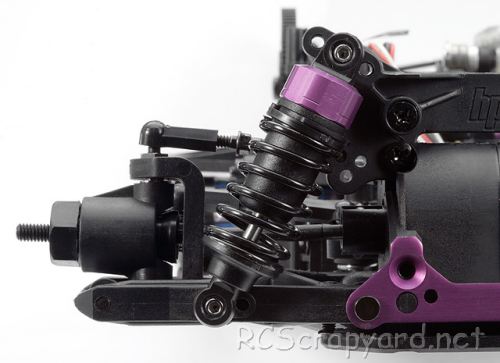
★ HPI Sprint 2 Drift Sport Chassis ★
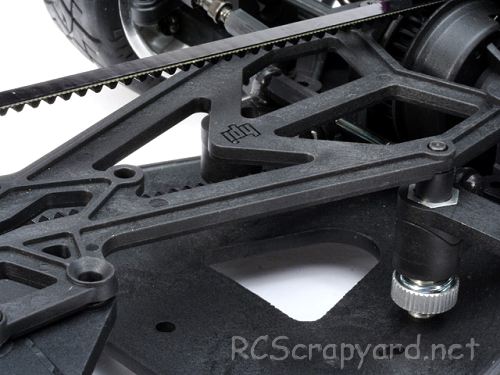
|
Buying a Used HPI Sprint 2
|
|
Manufacturers and Brands Catalogued and Listed by RC-Scrapyard.
At present, the RC Model Manufacturers, Brands and Distributors covered by us are: ABC Hobby, Academy, Acme Racing, Agama Racing, Amewi, Ansmann Racing, ARRMA, Team Associated, Atomic RC, Axial, AYK, Bolink, BSD Racing, Capricorn, Carisma, Carson, Caster Racing, Cen, Corally, Custom Works, Durango, Duratrax, ECX - Electrix, Exceed RC, FG Modellsport, FS-Racing, FTX, Fujimi, Gmade, GS-Racing, Harm, HBX, Helion, Heng Long, Himoto Racing, Hirobo, Hitari, Hobao, Hong-Nor, Hot Bodies, HPI, HSP, Intech, Integy, Jamara, JQ Products, Kawada, Kyosho, Losi, LRP, Maisto, Mardave, Marui, Maverick, MCD Racing, Megatech, Mugen, New Bright, Nichimo, Nikko, Nkok, Ofna, Pro-Pulse, Protech, PTI, RC4WD, Redcat Racing, RJ-Speed, Robitronic, Schumacher, Seben, Serpent, Smartech, Sportwerks, Step-Up, Tamiya, Team-C Racing, Team Magic, Thunder Tiger, Tomy, Top Racing, Traxxas, Trinity, Tyco, Vaterra RC, Venom, VRX Racing, WLToys, X-Factory, Xmods, Xpress, Xray, XTM, Yankee RC, Yokomo, ZD Racing and Zipzaps. |
|
Hints, Tips and Information
Dampers
Dampers, Shock Absorbers, Shocks - call them what you will, they are one of the least understood, but most important tools you have for adjusting the handling characteristics of your RC model.
So how do Dampers work?
Basically what you have is a small amount of silicone oil contained in a sealed cylinder. Through the centre of that cylinder is a metal rod, and on the end of that rod, a piston with a number of small holes in it. Pulling, or pushing the rod in and out of the cylinder, your will notice a certain amount of resistance as the oil is forced through the holes in the piston. |
|
Hints, Tips and Information
My First National
When I first started in RC, way back in the late 1980s, I would turn up to the weekly club meeting, with my Tamiya Boomerang, Acoms transmitter, two sets of crystals, a couple of 7.2v batteries, a charger and a tool box with a wheel spanner and a few spares. |
|
RC Models:
|
Radio & Motors: |
Other
Accessories: |